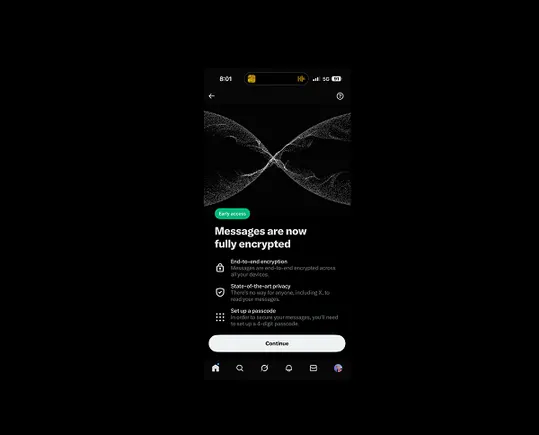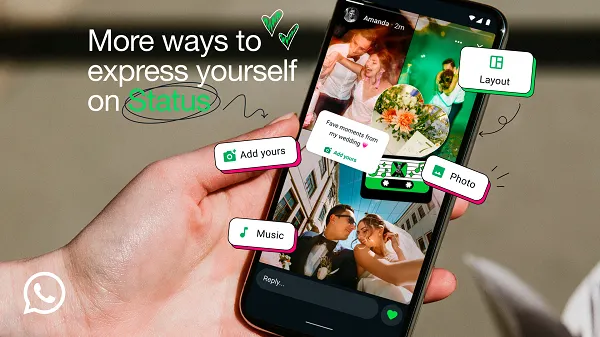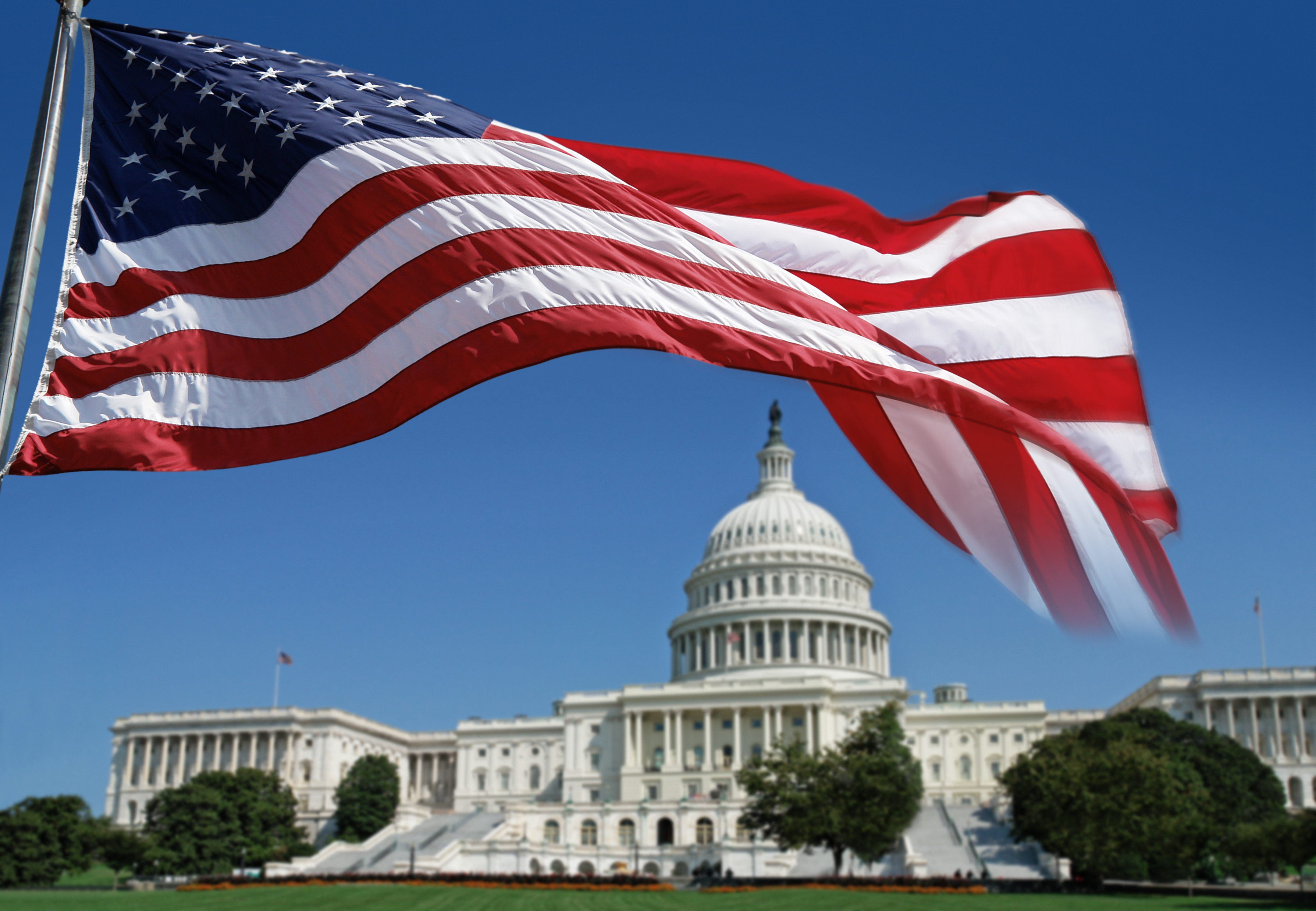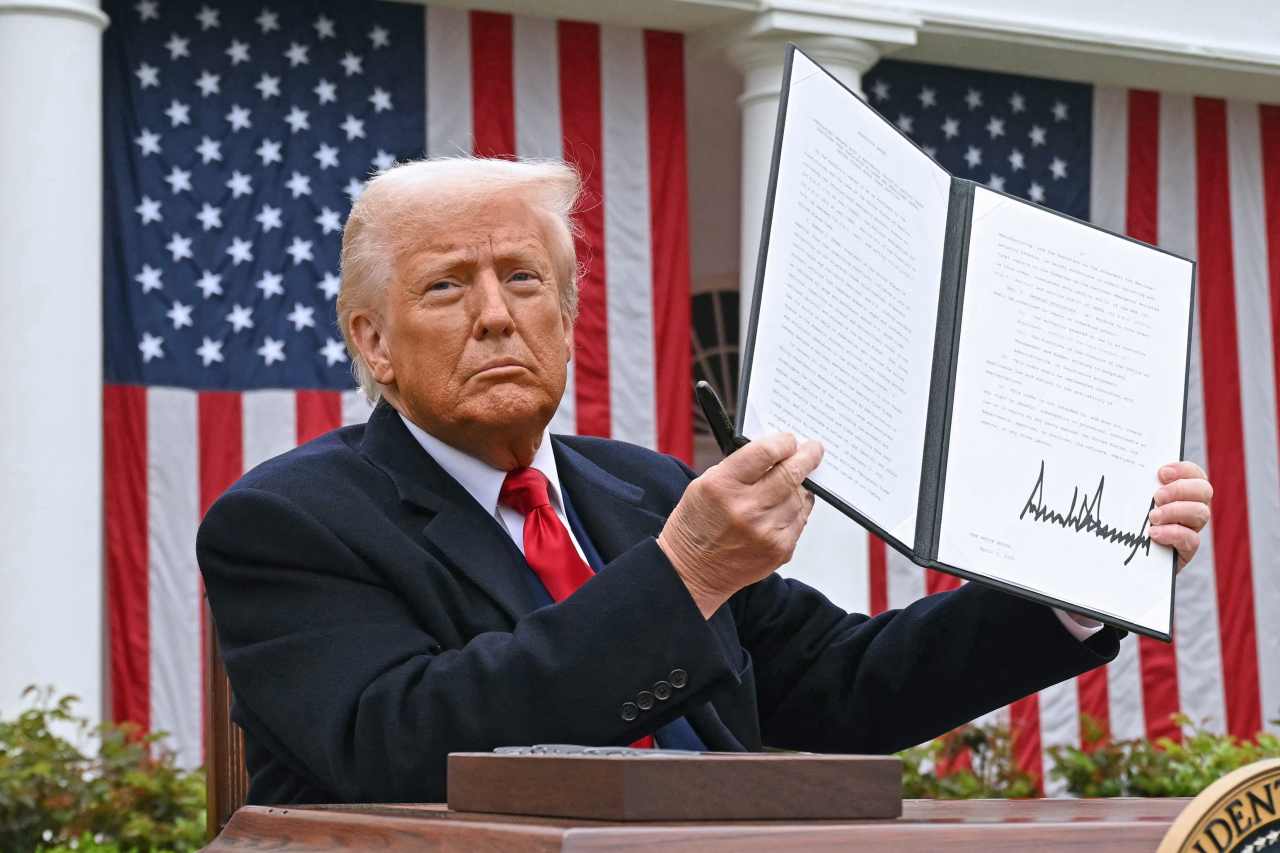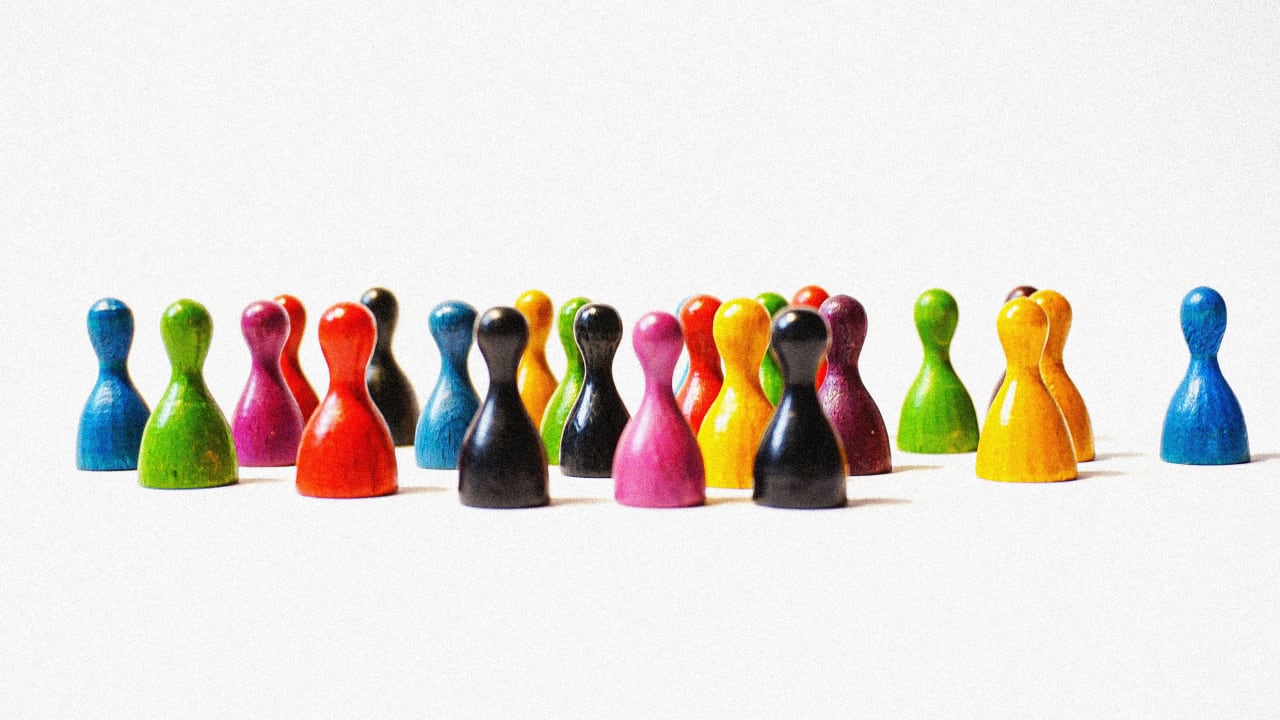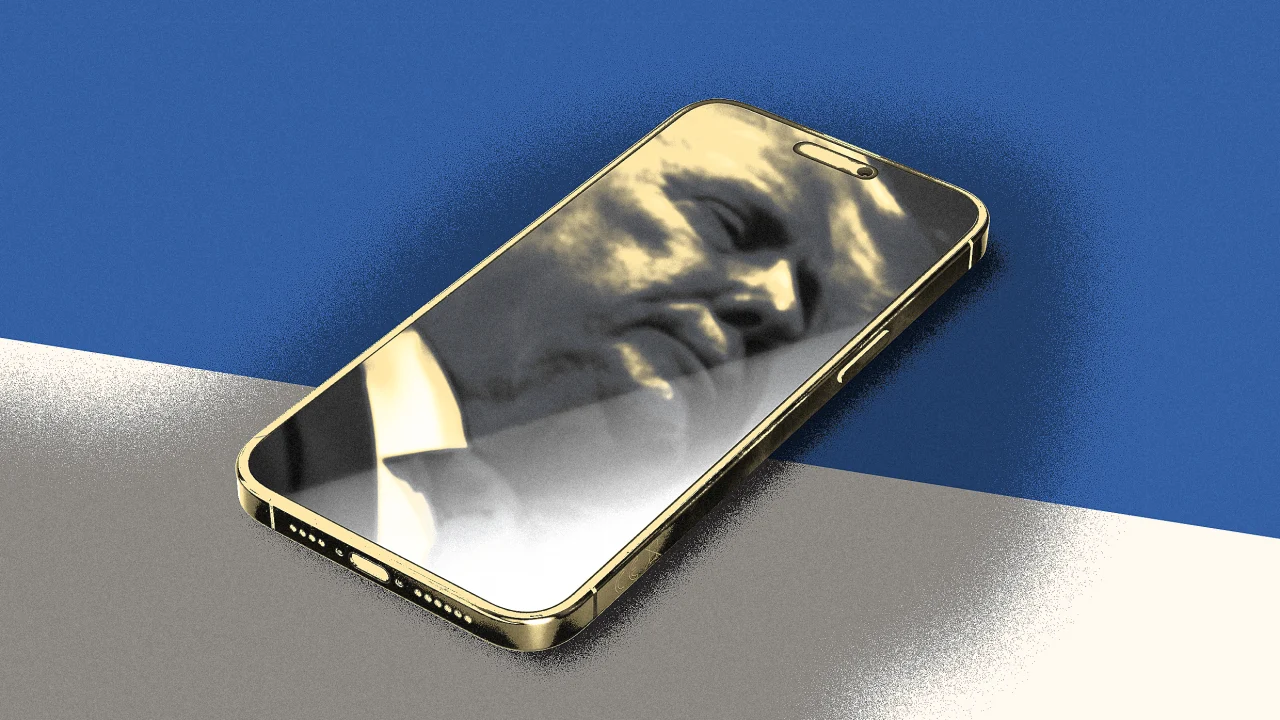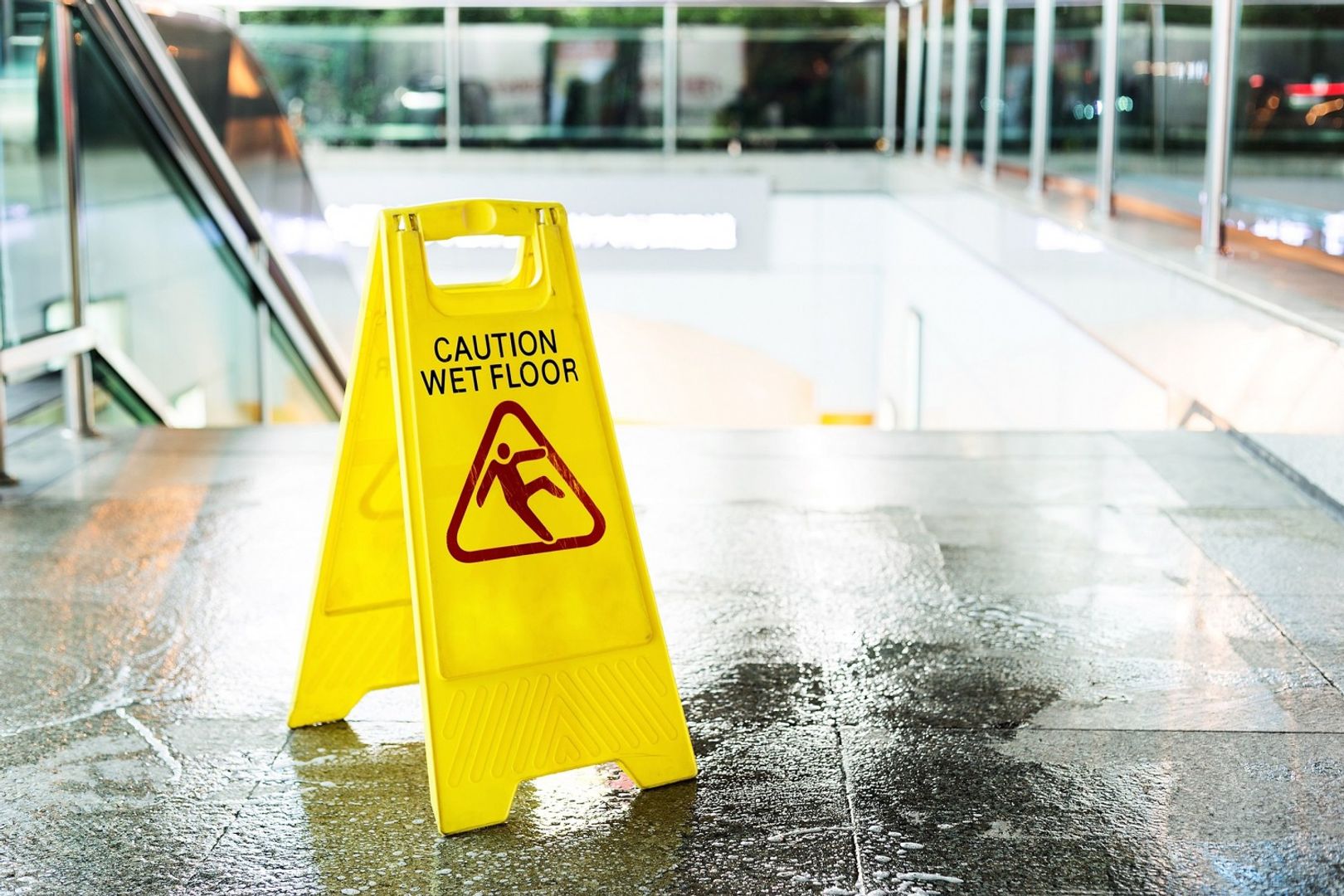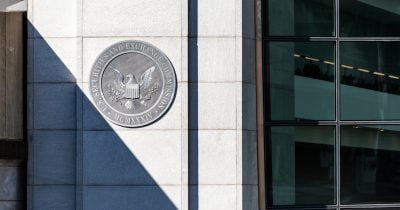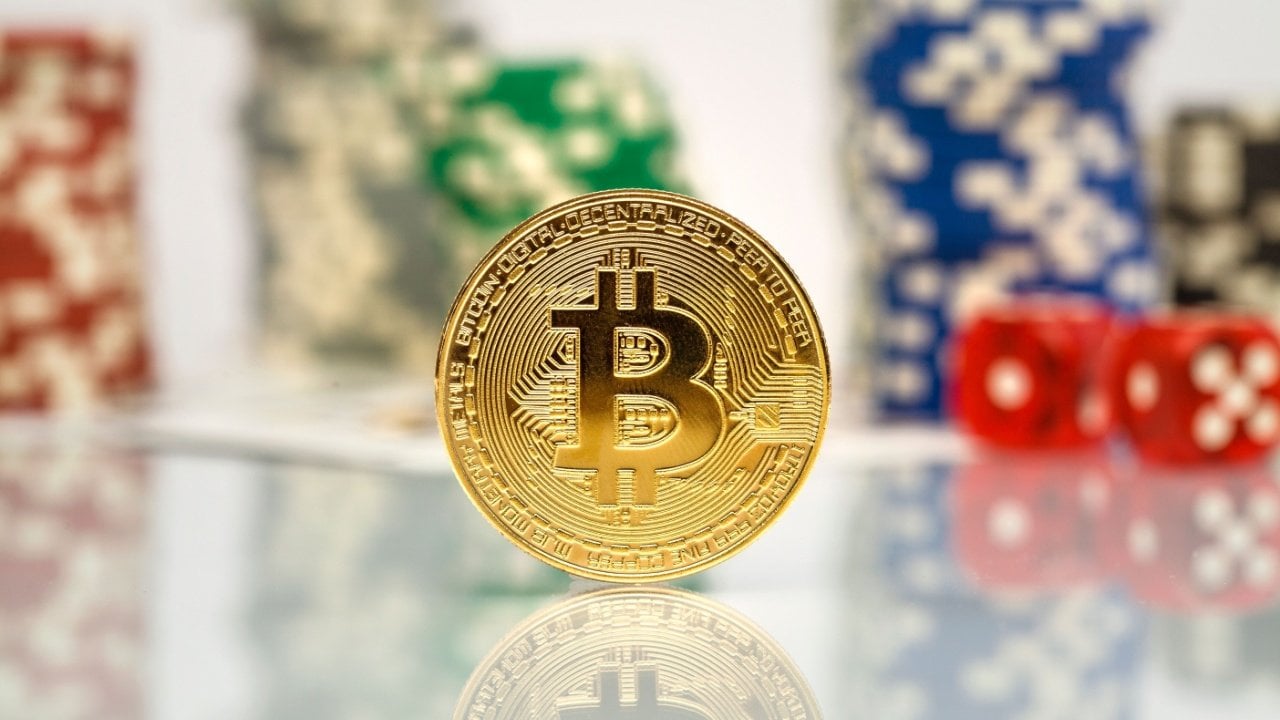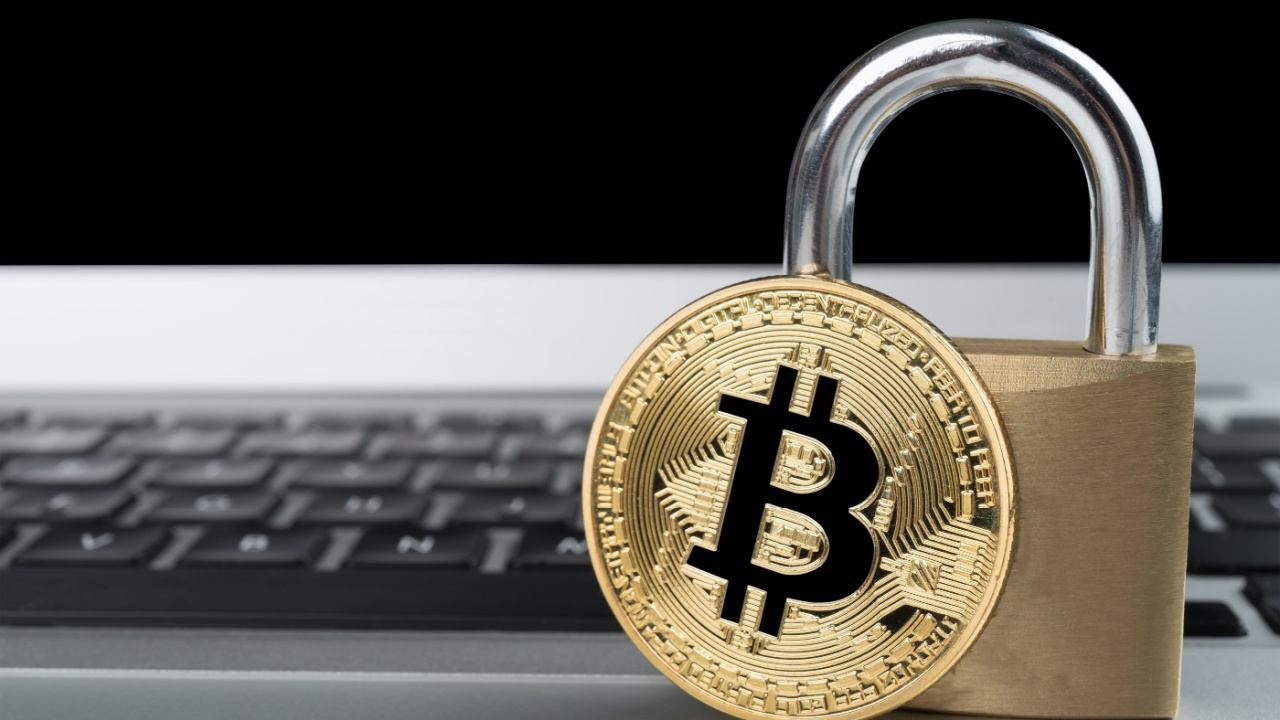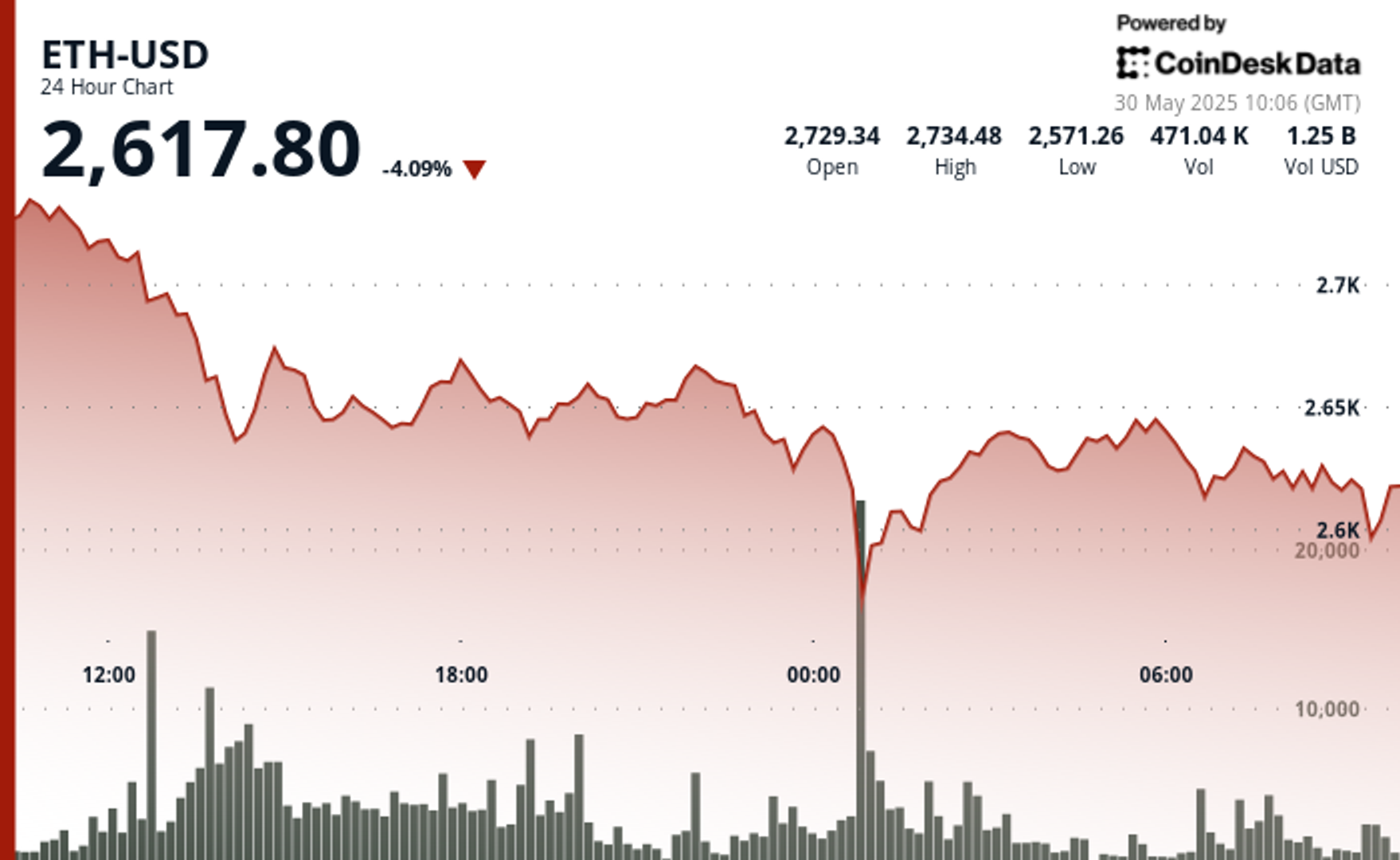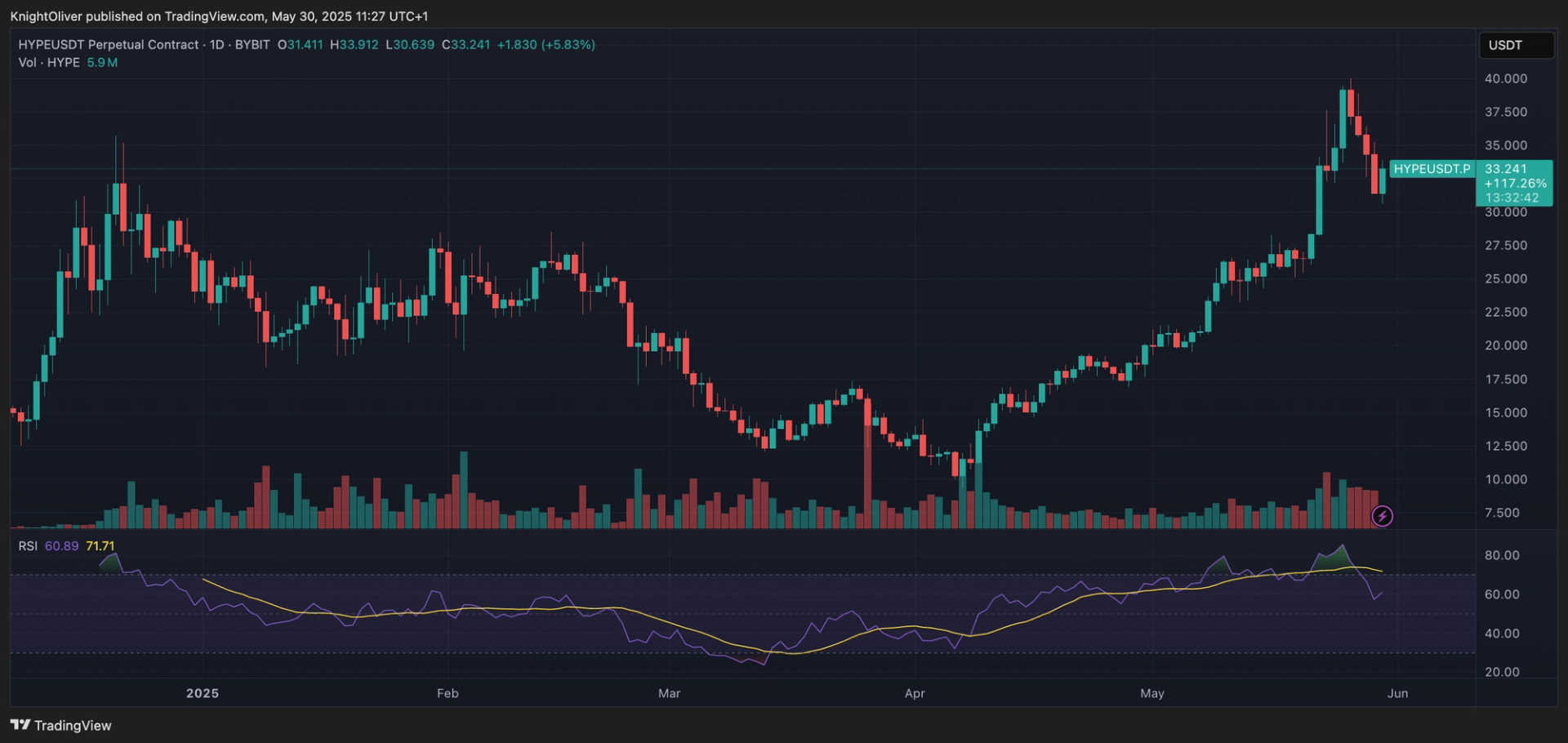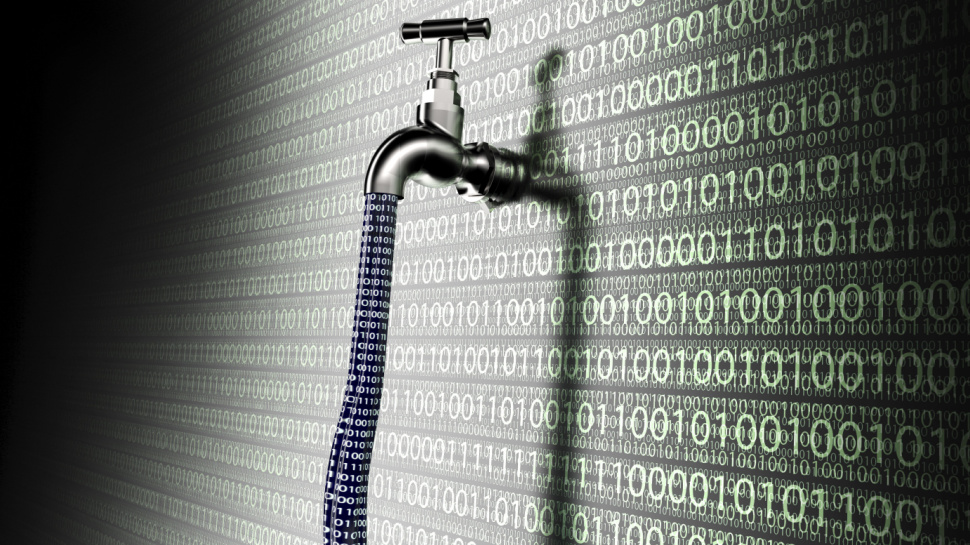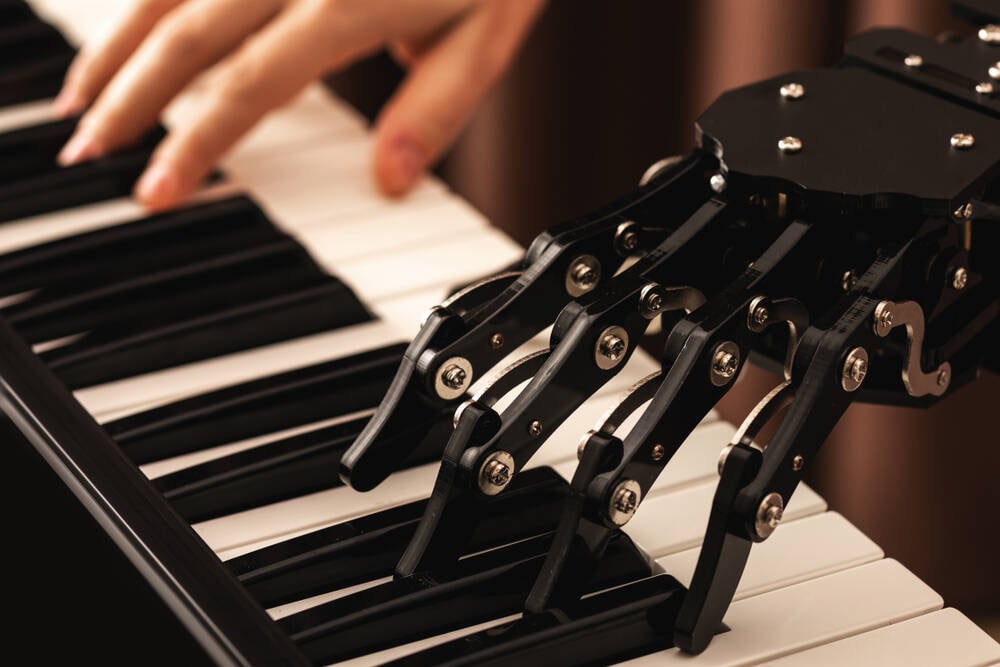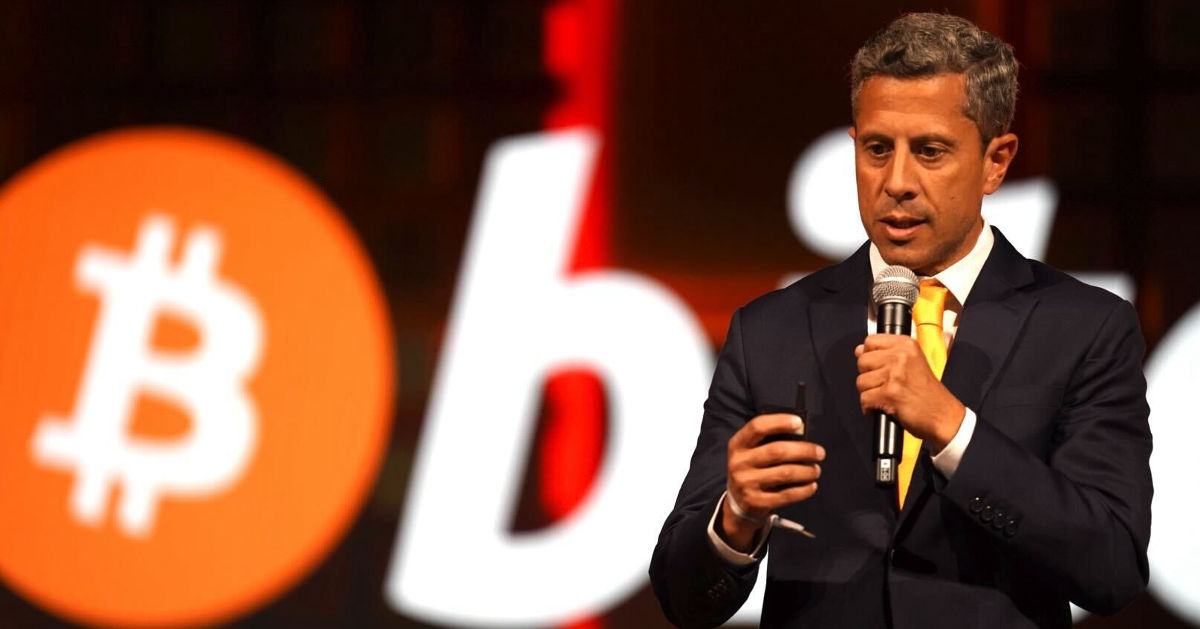The right call? A year after school’s phone ban, educators and parents love it, but kids aren’t so sure
At a recent lunch period at Robert Eagle Staff Middle School, kids scarfed down their spaghetti and sandwiches so they could snag a spot at the foosball and ping pong tables. They went outside to play co-ed volleyball or shoot hoops and kick soccer balls. Indoors, school principal Zachary Stowell grabbed a mic to emcee a round of name-that-tune. The library was open to provide a quieter space. A few students still had laptops out and were using them alone or in groups. Not a smartphone in sight. Nine months ago, the Seattle school implemented one of the strictest phone… Read More


At a recent lunch period at Robert Eagle Staff Middle School, kids scarfed down their spaghetti and sandwiches so they could snag a spot at the foosball and ping pong tables. They went outside to play co-ed volleyball or shoot hoops and kick soccer balls. Indoors, school principal Zachary Stowell grabbed a mic to emcee a round of name-that-tune. The library was open to provide a quieter space. A few students still had laptops out and were using them alone or in groups.
Not a smartphone in sight.
Nine months ago, the Seattle school implemented one of the strictest phone bans in the city’s public school district, requiring its 755 students to lock up their devices in pouches for the school day. Eagle Staff is part of a broader experiment playing out nationwide and even globally as teachers and administrators struggle to manage the distractions and disruptions caused by kids’ phones on campus.
Eagle Staff’s leaders and parents say the new rules have made a huge difference.
“It has truly shifted the culture of school and the ability for our kids to be kids,” said counselor Carley Spitzer. “There is so much more joy and connection.”
But the response from students is mixed. And early research shows that the impact on emotional and mental health benefits is muted — with some students reporting higher levels of stress without their devices.
When it comes to bans, “the teachers really like them,” said Lucía Magis-Weinberg, a University of Washington assistant professor studying cellphone policy impacts. “Students, not so much.”
Benefits reported by instructors at Eagle Staff and elsewhere include fewer disciplinary issues, less disruption in classrooms, and more time for instruction. Kids are engaging with each other. Disagreements that might have escalated into full-fledged fights when the phones came out to capture videos now fizzle out faster.
Restrictions vary across Washington, and state officials have asked school districts to come up with their own rules for the next academic year. Seattle Public Schools leaves it to school administrators to set campus policies, and “is currently evaluating whether a district wide ‘away for the day’ cellphone policy is necessary,” said a spokesperson by email. “As part of this process, the district is conducting thorough research and analysis to understand the impact of cellphone use in schools.”
However, data on the issue is limited, and not entirely clear.

Preliminary research results
Magis-Weinberg is a developmental psychologist and head of the International Adolescent Connection and Technology Laboratory at the UW. At the start of this school year, she launched a study on the impacts of smartphone rules at multiple middle and high schools in Washington. The policies included everything from all-day bans to varied restrictions during lunch and passing periods.
Magis-Weinberg is collecting data through surveys sent out in December and January, as well as recently issued end-of-the-year questionnaires. Roughly 4,400 students, teachers and parents responded to the initial inquiry; Seattle Public Schools are not part of the research.
Preliminary results echo the responses from Eagle Staff educators and parents. Teachers reported feeling less stressed and said they’re more effective in the classroom without phone-related disruptions. Passing periods between classes are louder now that kids are interacting more in person. Parents have needed to find alternate ways to communicate with their kids during the school day, but it’s working out.
Students were a different story. Some of the 3,700 respondents said there were academic improvements when phone use was curbed, but most did not report emotional, mental-health benefits. Early results found:
- 15-20% students said there were improvements in their attention, ability to get work done, and understanding of instruction
- 10-15% students reported a worsening of emotion regulation and stress, and a loss of agency and personal authenticity

“I thought their stress would go down,” Magis-Weinberg said. Results finding that their stress has gone up without the phones “was very, very surprising” she said, “and again, super preliminary.”
But the outcome actually aligns with the findings from a British study that’s billed as the first in the world to examine the impact of school phone rules on student academics and mental health. The research included 1,227 students age 12-15 and was published in April in the Lancet’s journal for European health policy.
“There is no evidence that restrictive school policies are associated with overall phone and social media use or better mental well-being in adolescents,” the study’s authors wrote — but that wasn’t the whole story.
The researchers did find that increased time spent on phones and social media “is significantly associated with worsened outcomes for mental health and well-being, physical activity and sleep, and attainment and disruptive [behavior].”
Victoria Goodyear, the study’s lead author, told the BBC that the focus needs to be on reducing the overall usage of phones, adding: “We need to do more than just ban phones in schools.”
Magis-Weinberg is continuing her research, and future studies of smartphone policies could look at academics, disciplinary actions, and mental health — lines of inquiry beyond self-reporting that may include a biased take from the students.
“As a developmentalist, it doesn’t surprise me that adolescents are pushing back. Their response, perhaps, is a way to express themselves,” Magis-Weinberg said. “They might feel they’re losing their autonomy, their capacity to make choices.”

Mixed marks from students
If students could vote on whether to end the smartphone ban, “they would definitely vote to bring them back,” said Suvuka Whittecar, an eighth-grade Eagle Staff student, while taking a break from PE.
She agreed there was less conflict at school, that she was having longer conversations with friends, and that most students were following the ban. But there was the stress, she said, of using and tracking the fabric pouch used to lock up the phone.
“It feels like another problem I have to deal with, and I have to return it at the end of the year,” she said, just as she does the school-issued laptop.
The pouches are made by Yondr and cost about $25-$30 each. They were bought with PTSA funds and a grant. Students who lose or damage the pouches are asked to pay to replace them.
Paultoro Tanaka, a fellow eighth grader, had a different take on the ban.
“I was pretty excited because I don’t have a phone,” he said. “Not having a phone meant I wasn’t as connected with everyone, I was kind of left out. But when they did ban the cellphones, I connected with a lot more people.”
That said, his friends with phones were not pleased with the new policy. “They definitely thought it was annoying,” Tanaka said, though at this point, “everyone’s pretty much accepted it.”

Parental approval
Some Eagle Staff parents also had mixed feelings going into the ban — but they appear more uniformly happy with the outcome. School administration said they haven’t received complaints from parents. And Michelle Peters, the school’s PTSA president and the mother of an eighth-grader, said the Facebook page for Eagle Staff families has likewise been free of rants over the policy.
“It’s like crickets on there,” Peters said. She had anticipated complaints from parents who hadn’t been able to reach their kids when someone forgot a lunch or after-school plans changed, but students and their families are able to make calls through the school’s front office.
“It’s working the way it always has in the past,” Peters said. “We kind of forgot we had systems in place.”
Kids who used their phones to help manage anxiety, maybe by listening to music, are instead offered fidget toys or they can drop into a counselor’s office for a music break. The couple of students who need a phone to manage their diabetes are still able to do so.
When it comes to safety concerns such as the occasional school lock down, Peters said Principal Stowell has sent quick, clear communications to families. Administrators say it’s safer for kids to focus on staff in an emergency, rather than being tuned into their devices. Stowell said the absence of phones cuts down on misinformation and rumors being spread in these situations.
If there was a serious emergency, classrooms have devices for unlocking the phones and the Yondr pouches can be cut open with scissors.
As Seattle Public Schools considers district-wide policies, it’s looking to pilot schools that have tried new cellphone rules, and is analyzing guidance from the Washington Office of Superintendent Public Instruction, the U.S. Department of Education, and national research, a spokesperson said. Before making changes, the district said it will consult with students, staff, families and community members.

‘Choosing the in-person connection’
As part of the smartphone ban this year, Eagle Staff’s leadership has intentionally supported students in re-enaging with each other. They’ve scheduled more assemblies and excursions off campus.
They recently took the eighth graders bowling — marking the kids’ last outing of the year and their final Eagle Staff field trip.
The students had an ask for the event.
“They desperately wanted their phones to capture pictures,” said Spitzer, who has been the counselor for this cohort since sixth grade. So she and Stowell laid out the ground rules and expectations, and the kids, she said, “really rose to the occasion.”
The students took photos, but mostly the phones were off to the side, untouched as they snacked, chatted and bowled. Could it be a sign that their digital addiction was a little bit diminished?
“Maybe we have untangled a bit of that messy wiring,” Spitzer said. “That [idea] they have to be on their phones to be having fun or to feel connected. They were still choosing the in-person connection at the field trip.”




